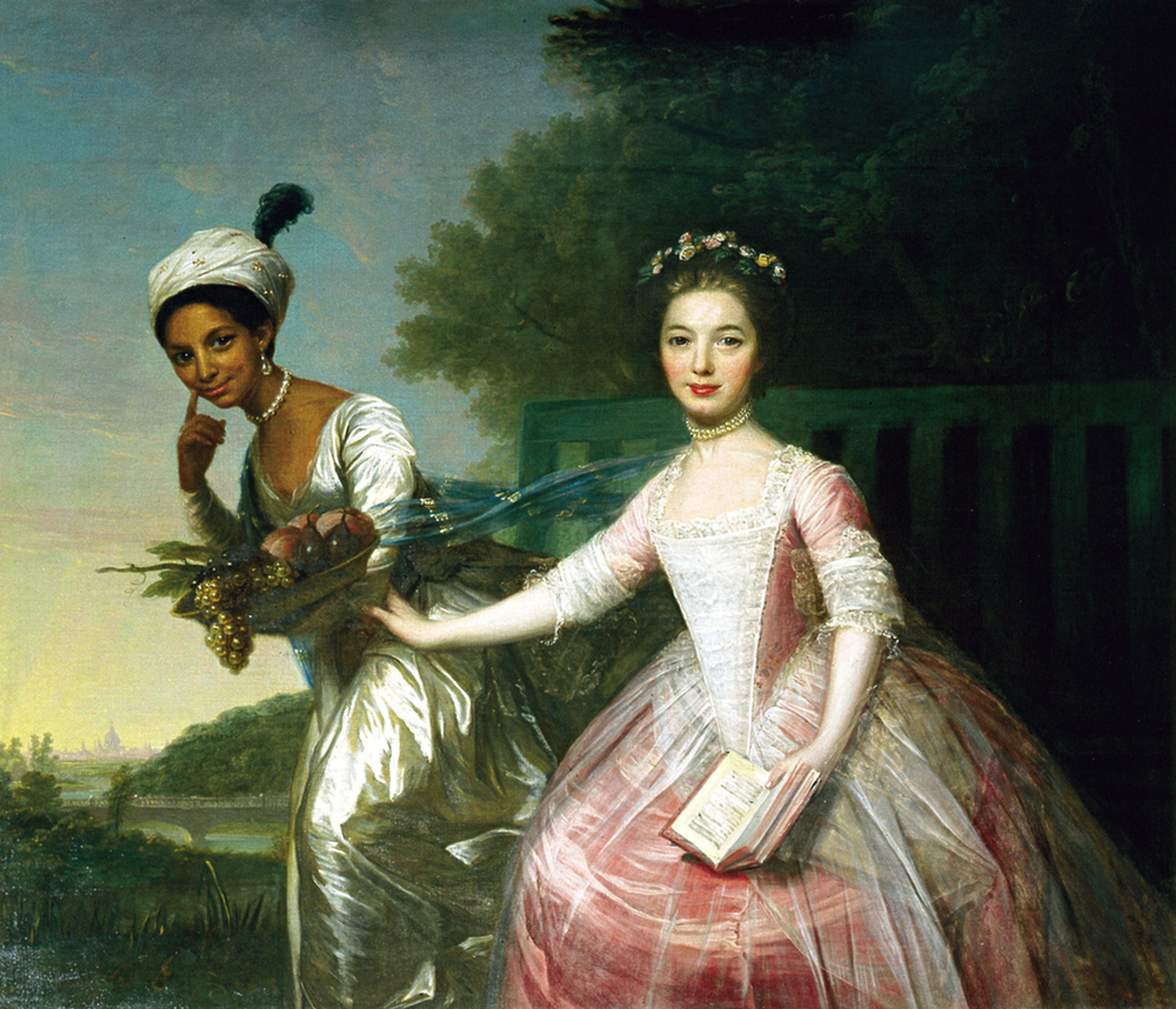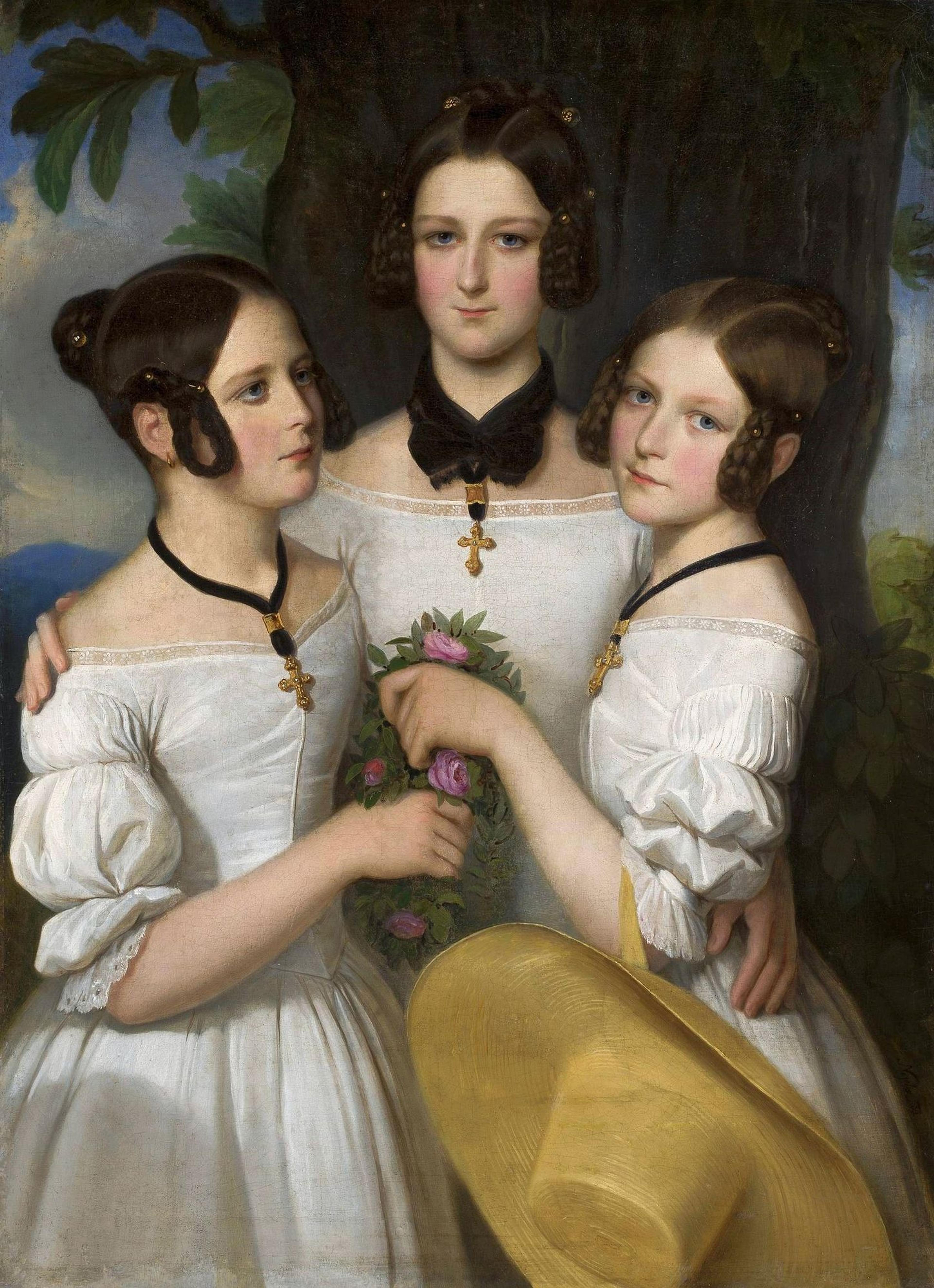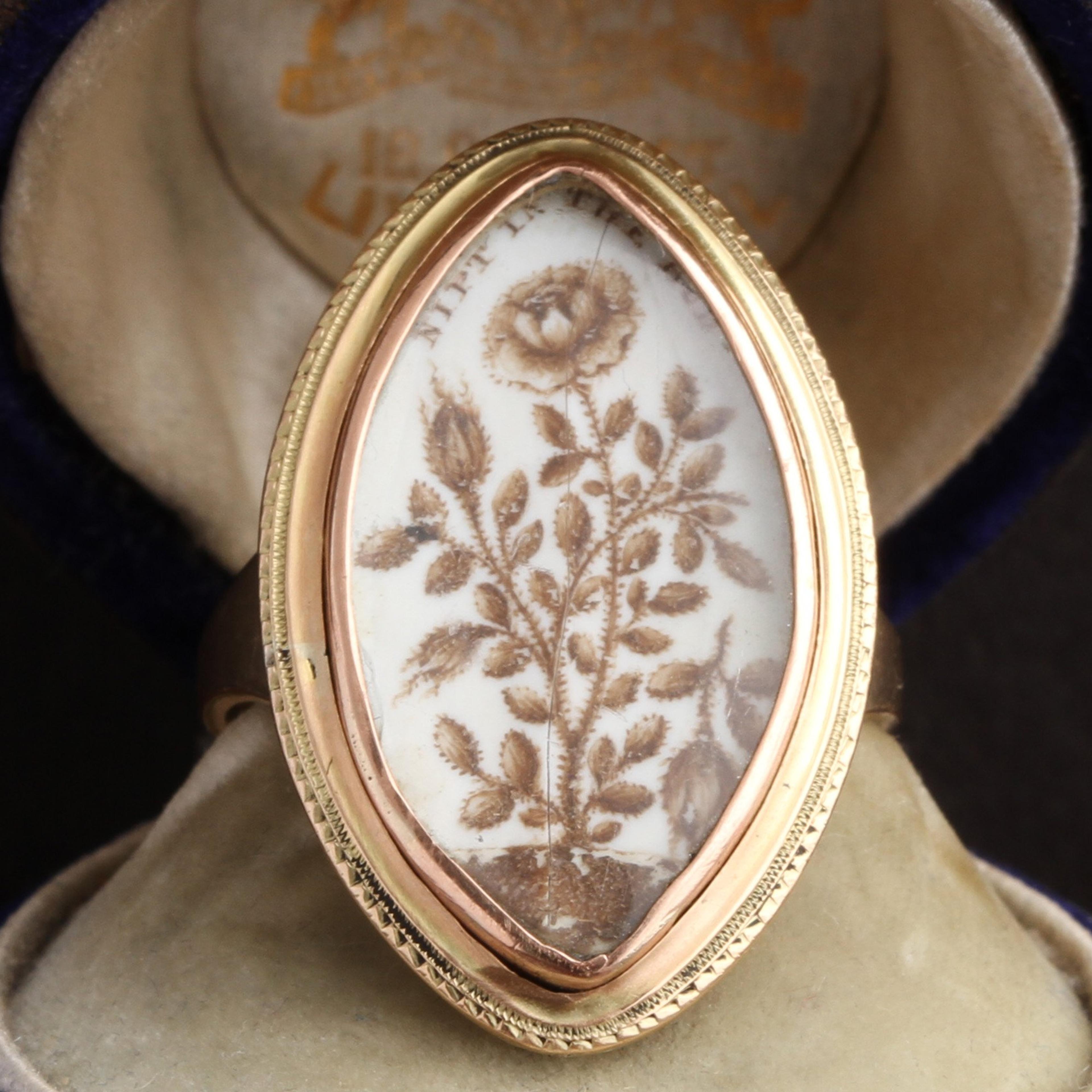In the late 18th and early 19th centuries, mourning rings featuring neoclassical sepia miniatures such as this one became extremely popular. These tiny paintings were done by hand and could be commissioned, or purchased ready made with blank spaces to be filled in with the initials of the deceased, or a saying such as "not lost but gone before." The exquisite scene in this navette ring depicts a rose bush with a dropped bud beneath the words "Nipt in the Bud." The back of the ring is engraved "Isaac Kennely died 11 June 1789 Aged 3 Y & 6 Mos." This exceptional and unusual ring is in very good condition, however, the glass-encased miniature has a hairline crack. It is important to note that you should not get this ring wet - always remove it before washing your hands or showering. The glass cover is secure, however it is possible for water to seep inside the frame and damage the pristine painting within.
thedetails
- Materials
Tests as 10k, glass, sepia miniature on velum
- Age
Engraved for 1789
- Condition
Good - hairline crack on interior panel; minor surface wear
- Size
8.25, resizing is possible but not recommended; face measures 1 1/8 x 2/4"
Need more photos?
Send us an email to request photos of this piece on a model.


Aboutthe
GeorgianEra
1714 — 1837
As imperialist war raged in the Americas, Caribbean, Australia, and beyond, the jewelry industry benefited: colored gems from all over the empire became newly available. A mix of artistic influences from around Europe contributed to the feminine, glittering jewels of the era. Dense, ornate Baroque motifs from Italy showed up in Georgian jewelry, as did French Rococo’s undulating flora and fauna. Neoclassical style made use of Greek and Roman motifs, which were newly popular due to the recently uncovered ruins of Pompeii and Herculaneum. Lapidary methods improved: the dome-shaped rose cut was popular, as was the “old mine cut,” a very early iteration of today’s round brilliant cut.
The boat-shaped marquise diamond cut was developed around this time, supposedly to imitate the smile of Louis XV’s mistress, the marquise de Pompadour. Paste — an imitation gemstone made from leaded glass — was newly developed in the 18th century, and set into jewelry with the same creativity and care as its more precious counterparts. Real and imitation gems were almost always set in closed-backed settings, lined on the underside with thin sheets of foil to enhance the color of the stone and highlight it's sparkle. This makes Georgian rings tough for modern women to wear, especially on an everyday basis: genteel, jewelry-owning ladies of the 18th century were not famous for working with their hands like we are. Nor did they wash their hands as much as we do. Water will virtually ruin a foiled setting, so take special care with your Georgian ring. Very little jewelry from this period is still in circulation, and it's very difficult to repair.

